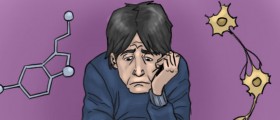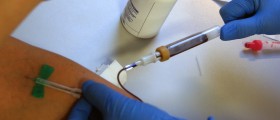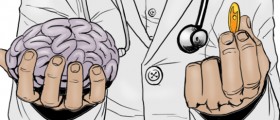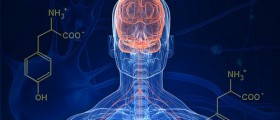
The limbic system is a very complex portion of the brain that comprises several parts. They include amygdala, hippocampus, thalamus, hypothalamus, fornix, cingulate gyrus and mammillary bodies. Many parts of the limbic system are localized within the telencephalon. The limbic system is in charge with many functions essential for each and every human being.
Amygdala
The amygdala represents an oval group of neurons that are approximately an inch long. The primary role of the amygdala is to process the memory of emotional reactions, especially fear. Furthermore, the amygdala is responsible for automatic reactions. Damage to amygdala prevents an emotionally charged stimuli to elicit an unconscious emotional response. One more function of amygdala is that it is involved in the process of forming long-term memories.
Hippocampus
The hippocampus is in charge with the use of short-term memory and spatial navigation. This structure also plays a significant role in creating episodic memory. One part of hippocampus (the dentate gyrus) is associated with stress and depression while there is one more part (the subiculum) that has been connected to epilepsy and drug addiction.
Thalamus
The thalamus contains many nuclei. They are responsible for alertness, learning ad memory. Furthermore, the nuclei of the thalamus help initiate or inhibit movement and they are also responsible for planning and coordination of movement.
Hypothalamus
The hypothalamus is rather small part of the limbic system. However it plays a significant role and controls two major systems, the autonomic nervous system and the endocrine system. Furthermore, the hypothalamus integrates and coordinates one's behavior and expression of emotions. The part of the limbic system is in charge with 'the four F's', fighting, feeding, fleeing and fornication. The hypothalamus is also important for learning. The pituitary gland is a part of the hypothalamus. This gland controls the growth, blood pressure, metabolism and sex organ function.
Fornix
The fornix is the part of the limbic system that are made of a bundle of fibers and that connects the hippocampus with the other parts of the brain. Therefore, its function is to transmit brain signals.
Cingulate Gyrus
Cingulate gyrus is a part of the limbic system that is located around the corpus callosum. This part of the brain is in charge with emotions and memory.
Mammilary Bodies
And finally, the last part of the limbic system represent mammillary bodies. They are two rather small structures and are located in the lower limbic system. The actual function of mammillary bodies is to transmit signals originating from the amygdala and the hippocampus to the thalamus.
- www.britannica.com/science/limbic-system
- www.betterhealth.vic.gov.au/health/healthyliving/tantrums
- Photo courtesy of OpenStax College by Wikimedia Commons: commons.wikimedia.org/wiki/File:1511_The_Limbic_Lobe.jpg









_f_280x120.jpg)







Your thoughts on this
Loading...